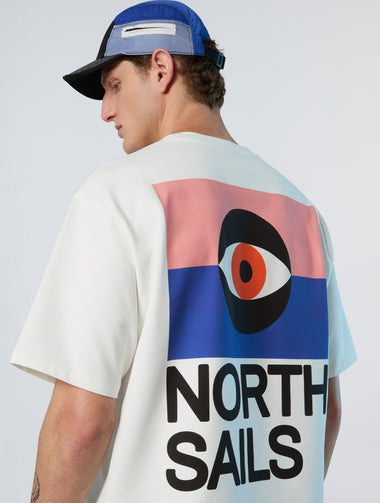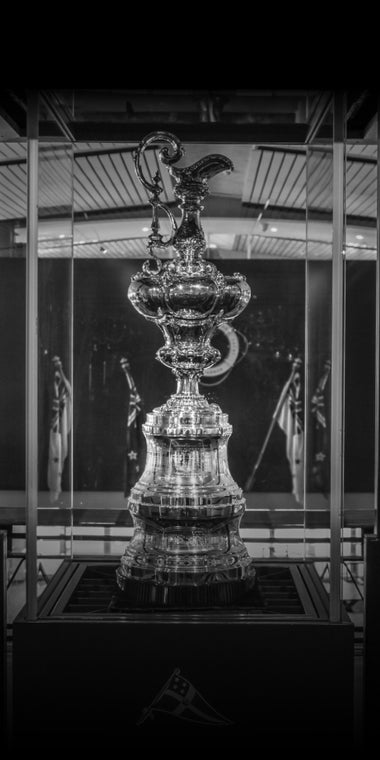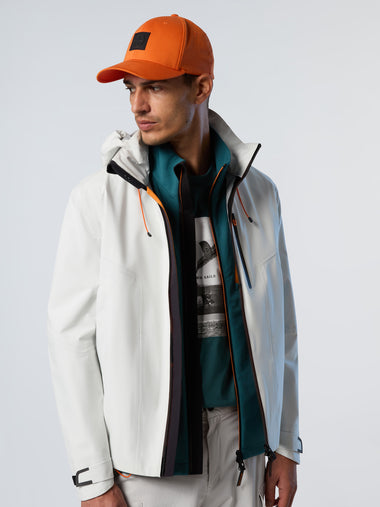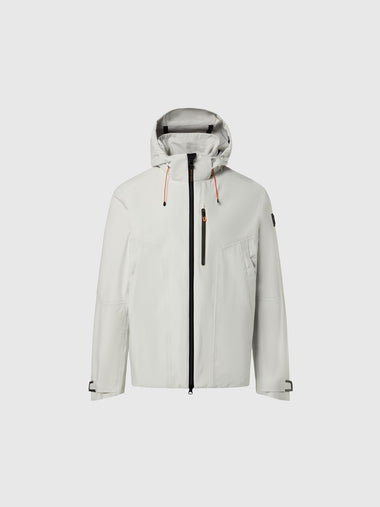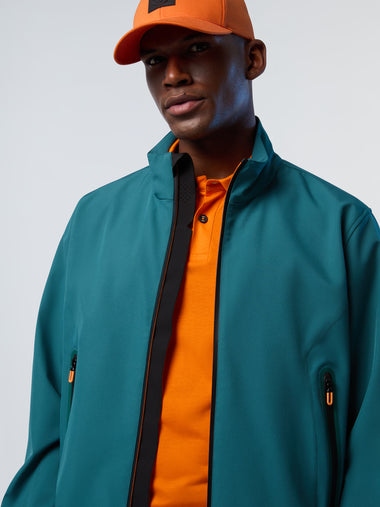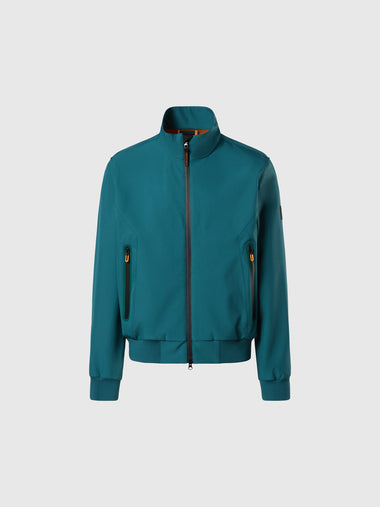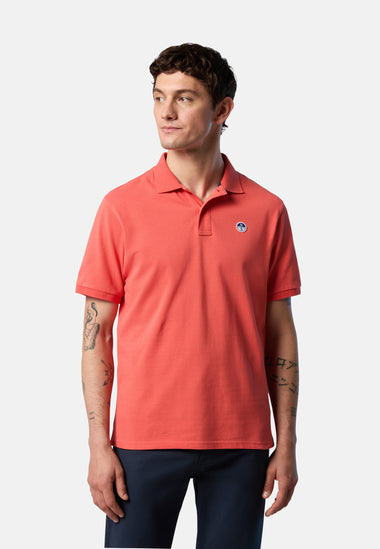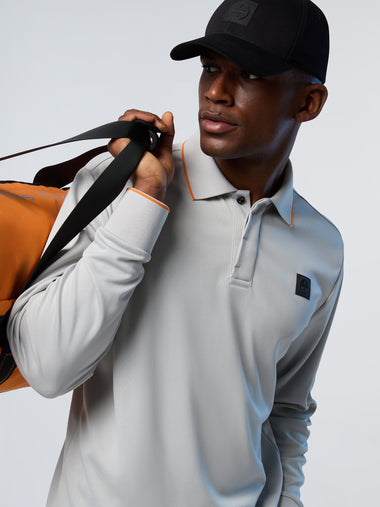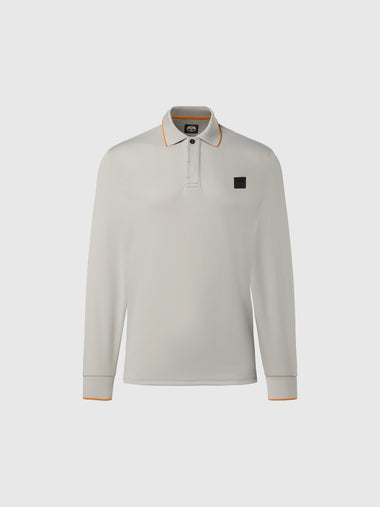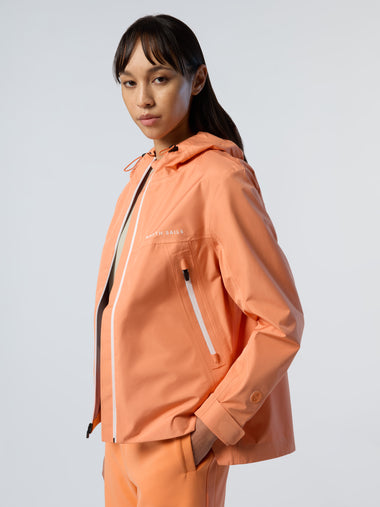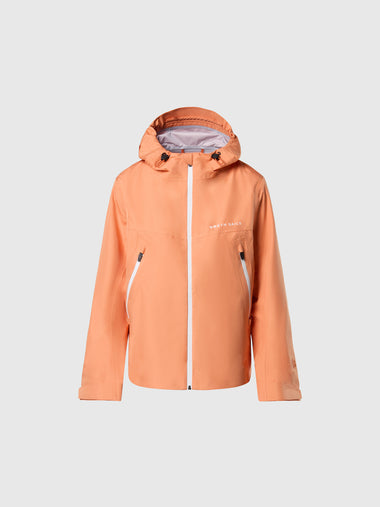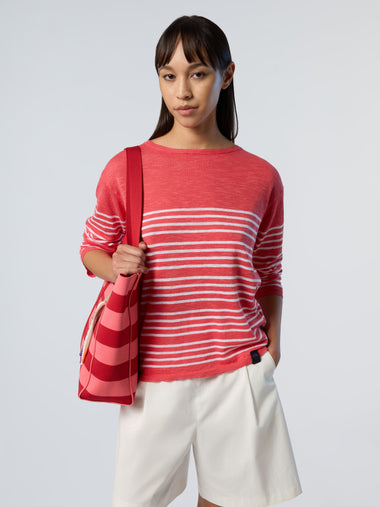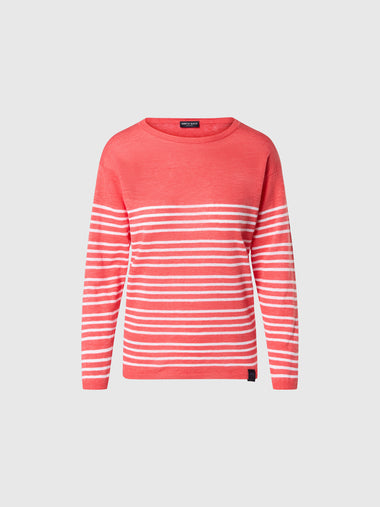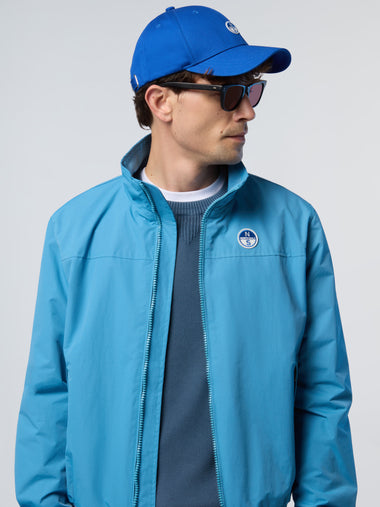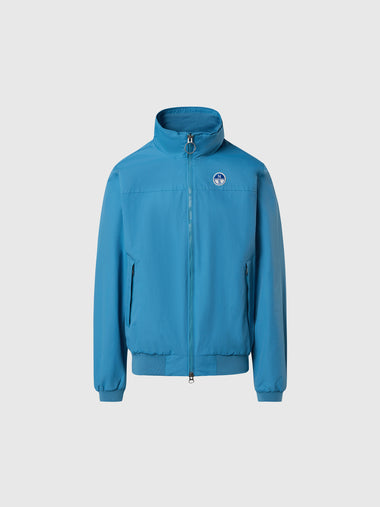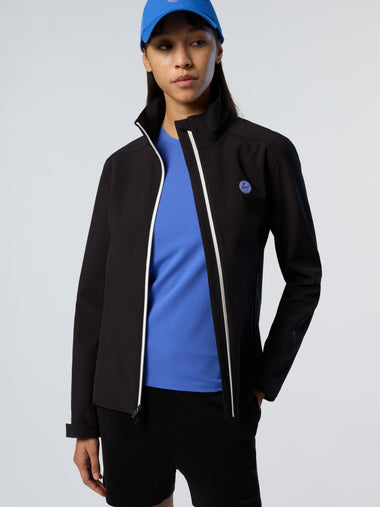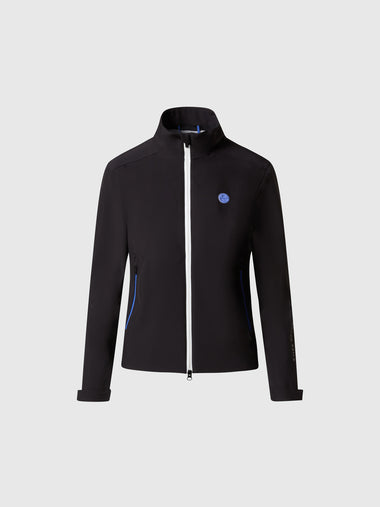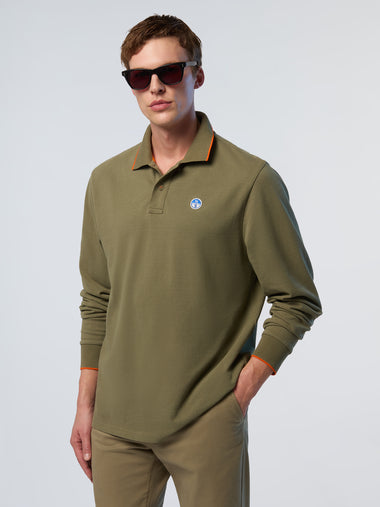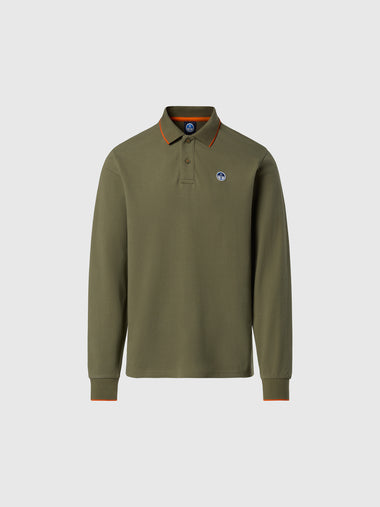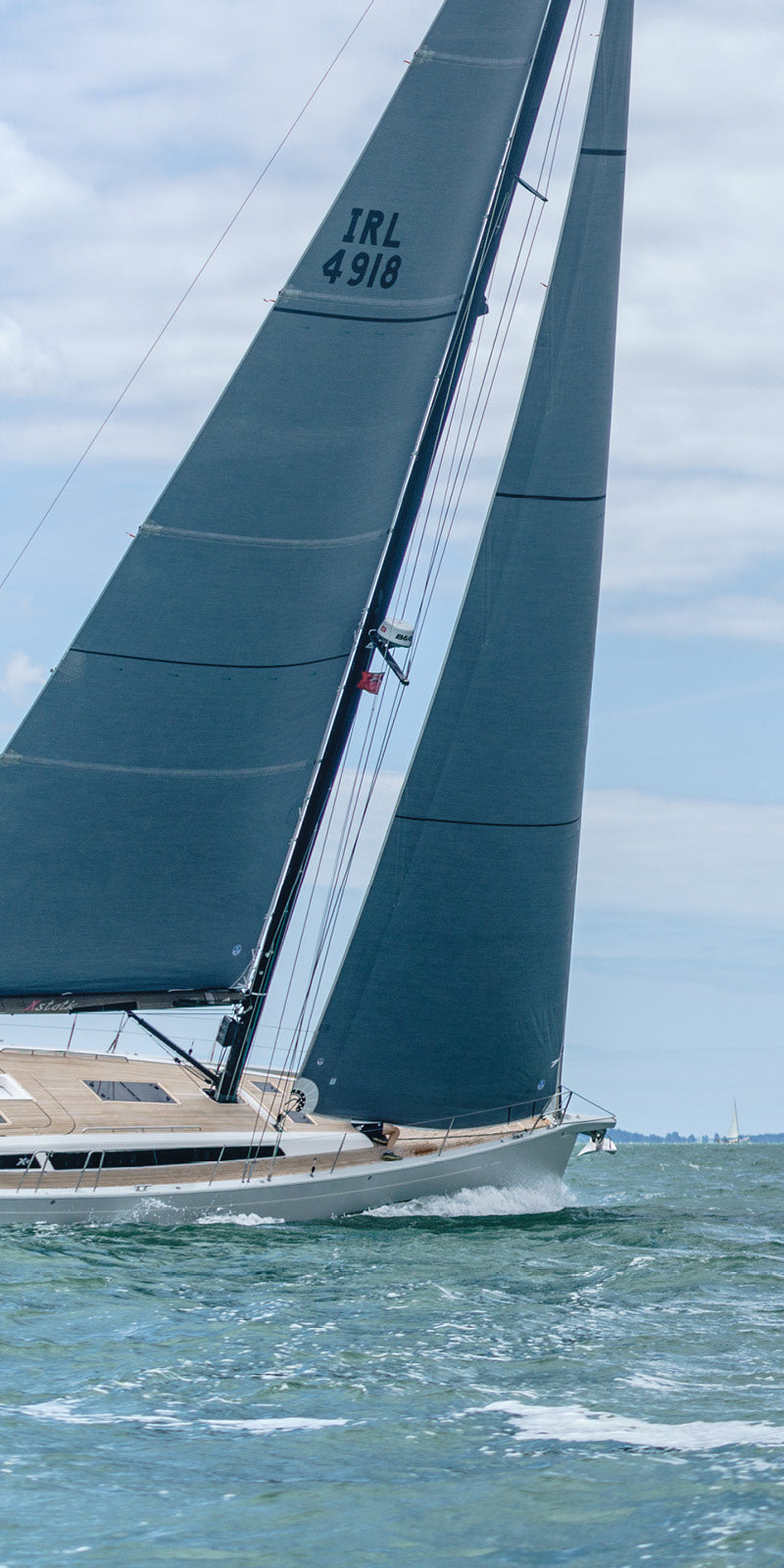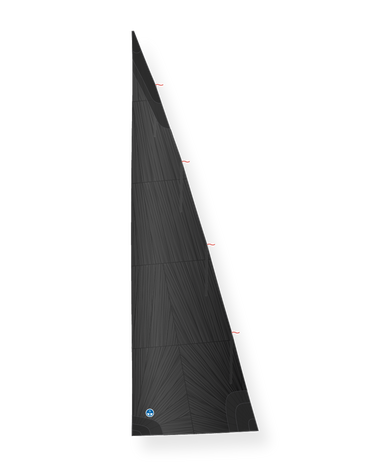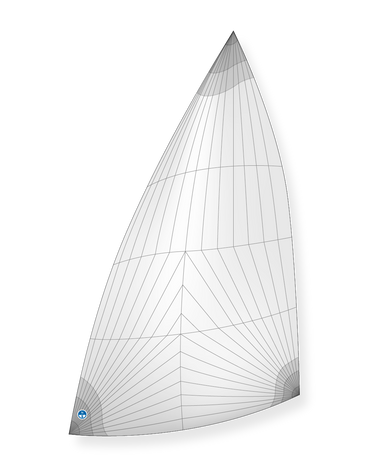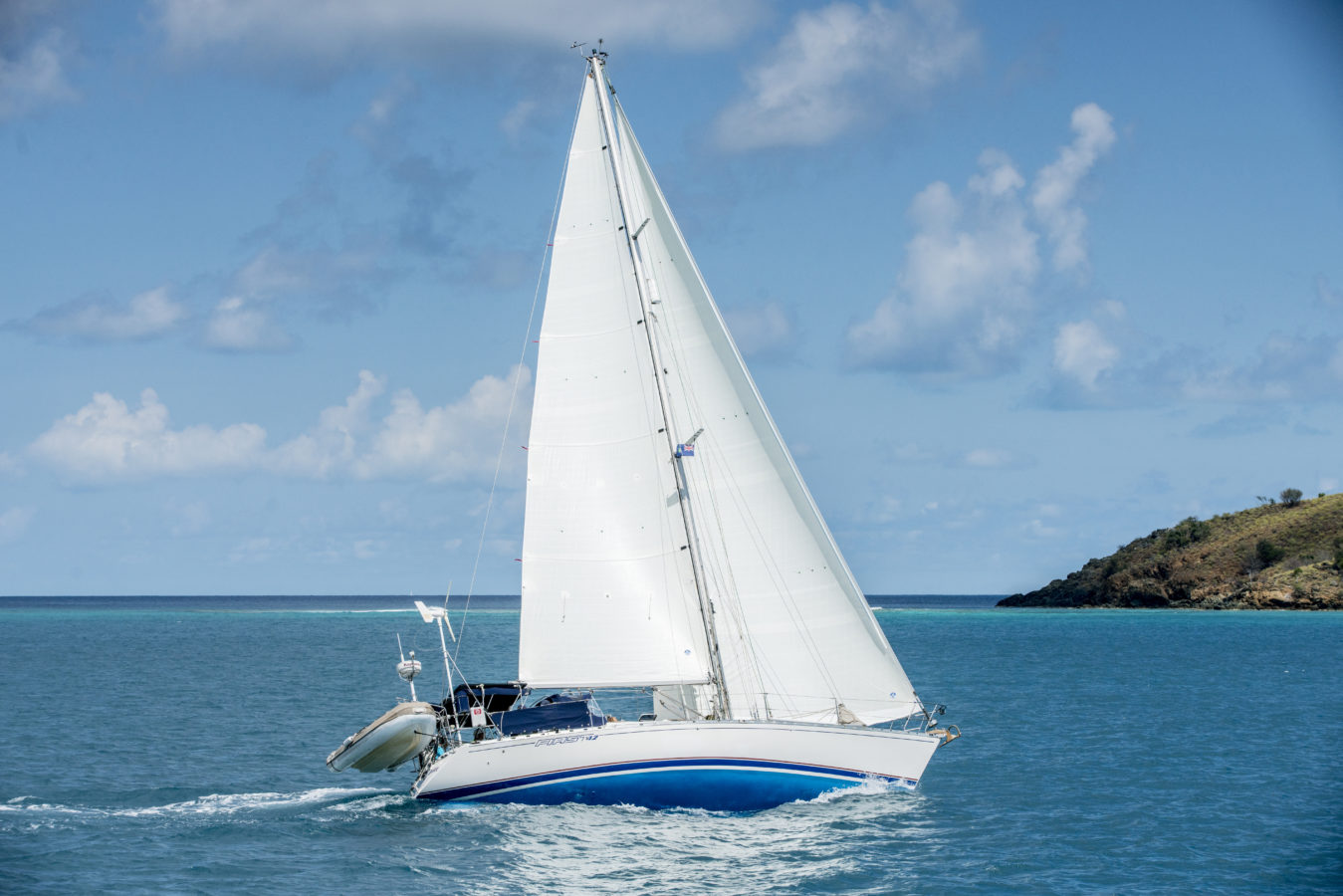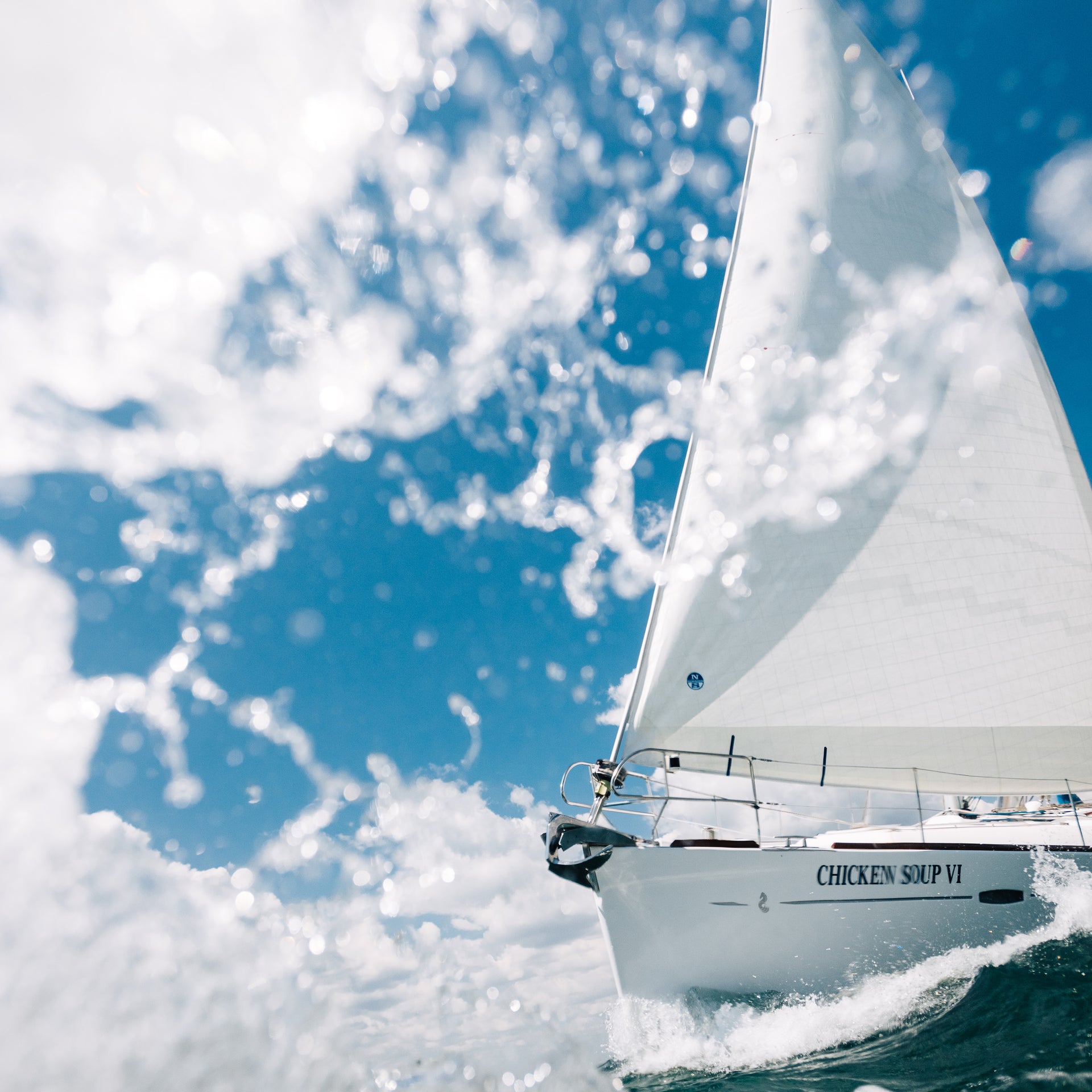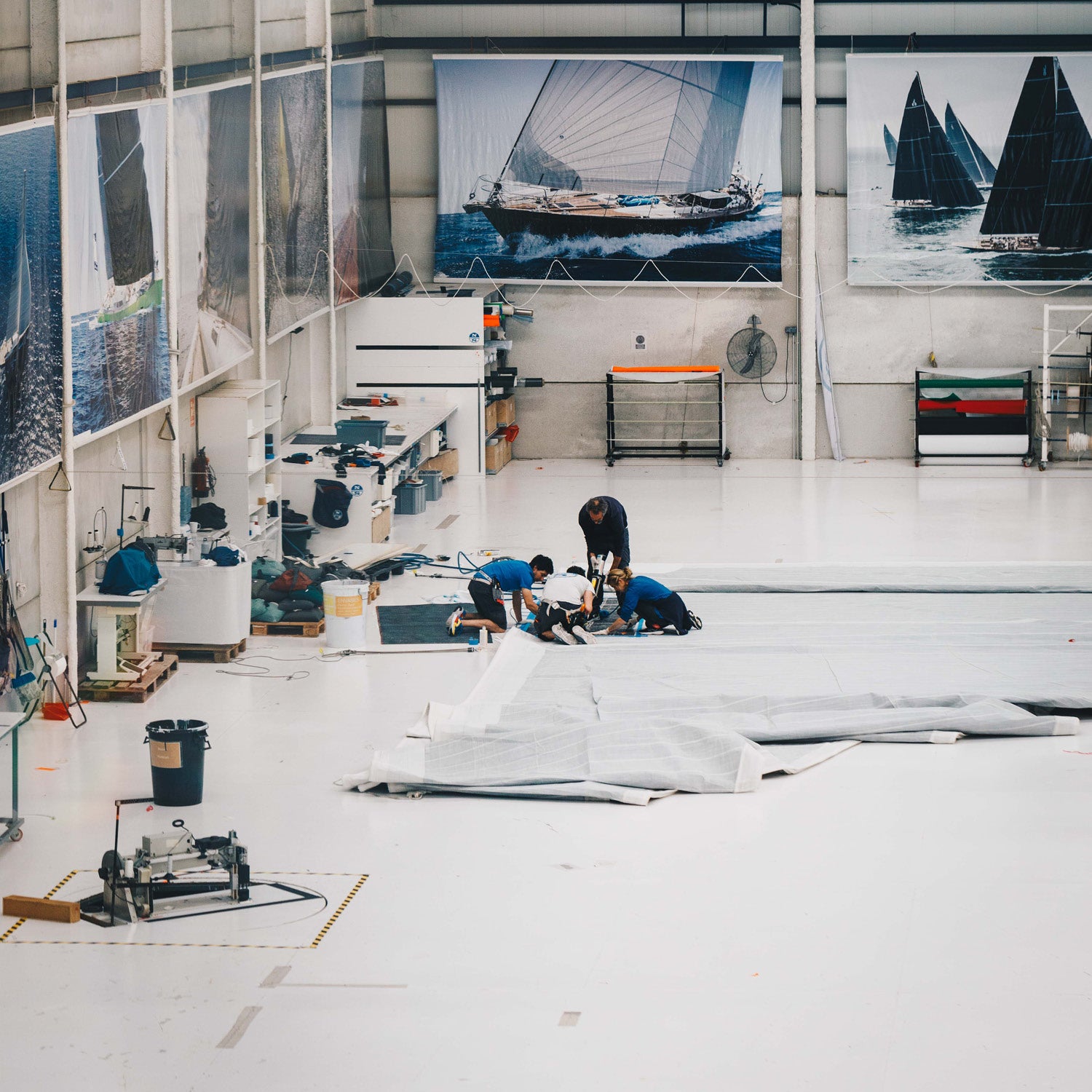North Sails offers material options to help you find the right sails for your needs. Every North cruising sails is custom-designed for your boat and sailing style. By matching the right materials to your sailing goals, you'll be even happier with your new North sails. That could mean easier furling and flacking, smoother tacking and jibing, headache-free sail handling and storage or optimum performance and longevity.
SHOPPING FOR CRUISING NEW SAILS?
EXPERT ADVICE
The most significant contributor to the lifespan of a sail is the material. Cruising sailcloth must be strong and low stretch. It must also be tough – resistant to abrasion, flex, impact, and a variety of long-term environmental exposures including UV, heat, humidity, salt and mildew.
The most significant contributor to the lifespan of a sail is the material. Cruising sailcloth must be strong and low stretch. It must also be tough – resistant to abrasion, flex, impact, and a variety of long-term environmental exposures including UV, heat, humidity, salt and mildew.

SHOPPING FOR NEW SAILS?
THINGS TO CONSIDER
North Sails has a wide range of sailcloth options to meet your sailing goals and budget
Your expectation for how long a sail should last and how "perfect" a sail's flying shape needs to be as the sail ages
Your desire to have a sail weigh as little as possible while meeting your budget and longevity requirements



GET IN TOUCH WITH OUR TEAM
REQUEST A QUOTE
CRUISING MATERIAL GUIDE
WHAT CRUISING CLOTH IS RIGHT FOR ME?
Cruising sailcloth comes in three styles: woven Polyester (“dacron”), cruising laminates, and 3D composite material. Each provides a different balance of durability and performance. Dacron fabrics are the toughest and most structurally stable. Cruising laminates offer lighter weight and increased shape holding. 3D composites are a new generation of cruising materials with exceptional shape holding and structural integrity beyond many laminates.
Within each category, different fibers and constructions are combined to suit different price and performance requirements.
3D COMPOSITE CRUSING SAILS
3Di OCEAN
3Di OCEAN is the first cruising sailing cloth innovation since Dacron, and this sail technology is reshaping cruising performance. OCEAN exploits 3Di technology to deliver cruising features and benefits that transcend performance racing. If you’re buying sails for cruising and expect longevity and ease of use, OCEAN is for you.
Boat Size: Any | Cruiser Type: All | Storage: Flake or Furl | Furling Mast/Boom: Yes | Fabric: 3Di Molded Composite | Features: Greater Control, Better Speed | Benefits: Reduces Heel in Breeze, Most Durable and Highest-Performance Material


PERFORMANCE CRUISING LAMINATE SAILS
NPL TOUR
NPL TOUR is the ultimate sailcloth for paneled cruising sails. Sails cut from NPL TOUR are highly resistant to chafe, fatigue, and UV. These cruising sails feature eXact reinforcement for superior shape holding. If you’re exploring options for paneled cruising sails, ask us about NPL TOUR.
Boat Size: 30'+ | Cruiser Type: Coastal, Blue Water | Furling Mast/Boom: Yes | Fabric: Aramid Laminate | Features: Radial Cut, Stretch Resistant | Benefits: Reduces Heel in a Breeze, Adds Power in Light Air


SUSTAINABLE MATERIALS FOR CRUISING SAILORS
NPL RENEW
RENEW, a North Panel Laminate, features approximately 90% alternative bio-based and recycled raw materials. Developed for cruising boats up to 45 ft, RENEW is the start of an important shift in sailmaking towards more sustainable materials that maintain the performance and longevity expected from North Sails.
Boat Size: 25-45' | Cruiser Type: Coastal, Blue Water | Furling Mast/Boom: Yes | Fabric: Recycled polyester film, taffeta and yarn | Features: Radial Cut, Stretch Resistant | Benefits: No compromise in sail shape, durability, and longevity
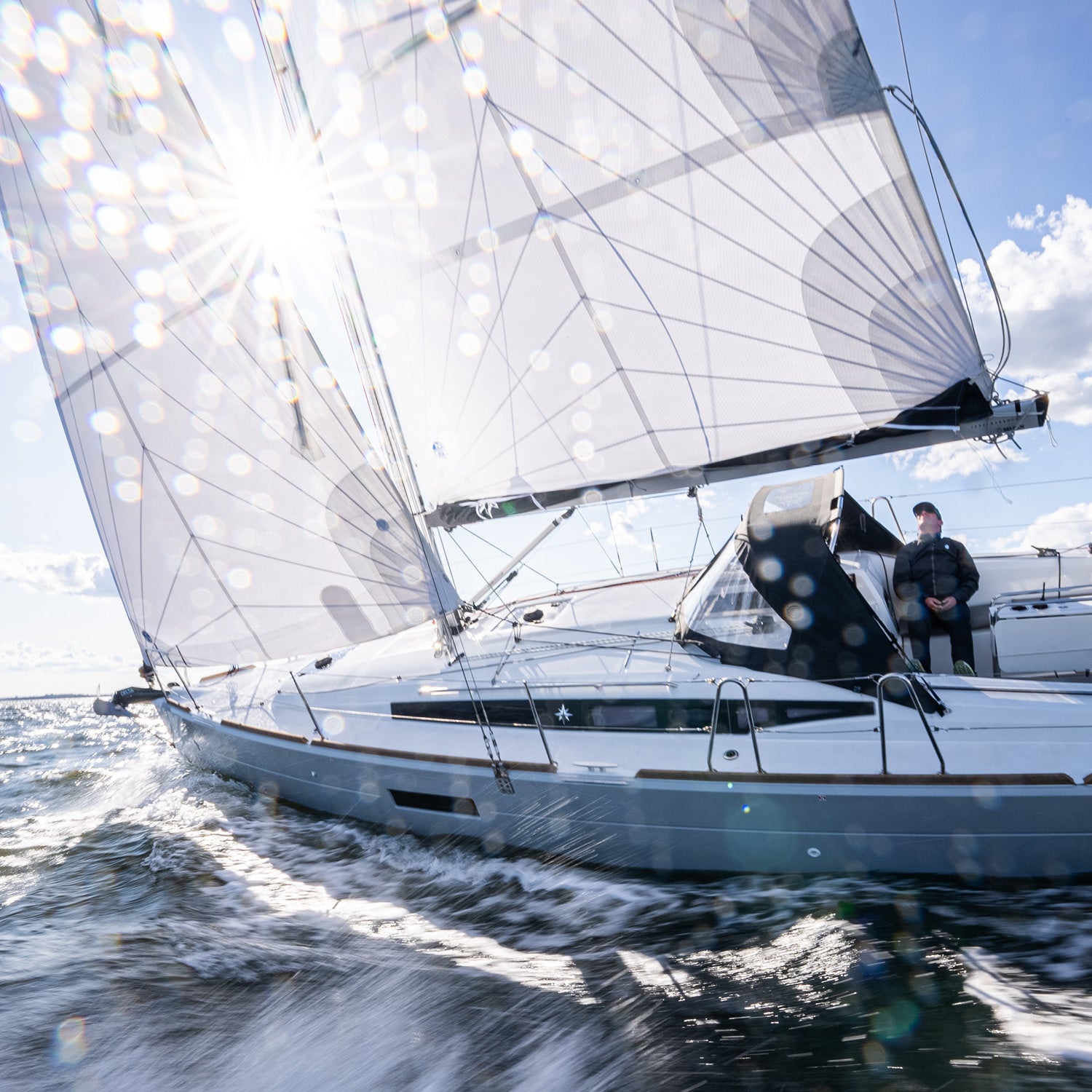

WOVEN POLYESTER, DACRON SAILS
NPC CROSS-CUT
NPC CROSS-CUT is a quality-leading dacron sailcloth for simple, easy sailing. Sails constructed with CROSS-CUT offer excellent shape holding through a wide range of conditions. Designed and constructed to the North Sail quality standards, CROSS-CUT strikes a balance of high quality and affordability. If you’re shopping for longevity and reasonable pricing, NPC CROSS-CUT is worth exploring.
Boat Size: 18-30' | Cruiser Type: Coastal | Storage: Flake or Furl | Fabric: Dacron | Features: East Handling, Broad Wind Range | Benefits: Built to Bluewater Specification, Soft Hand, Durable
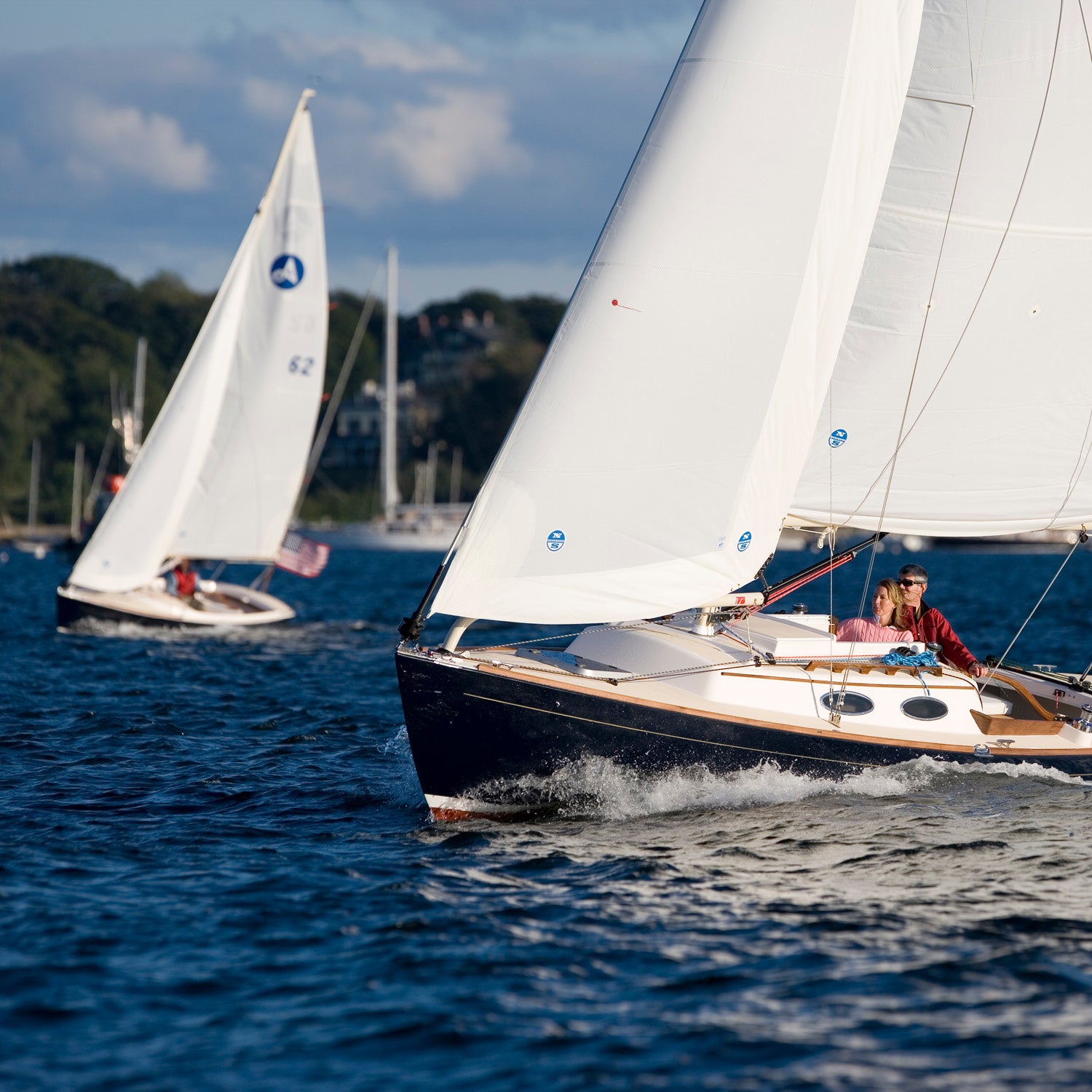

NORTH CRUISING SAILS
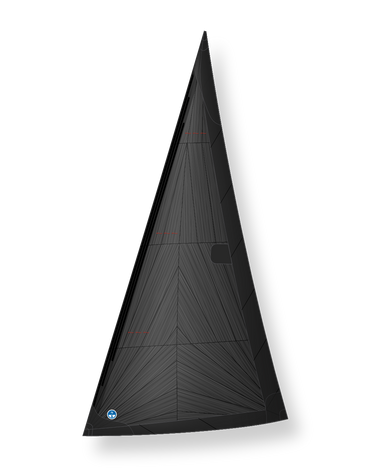

The Essential Cruising Headsail


Modern Upwind Cruising
SUGGESTED READING
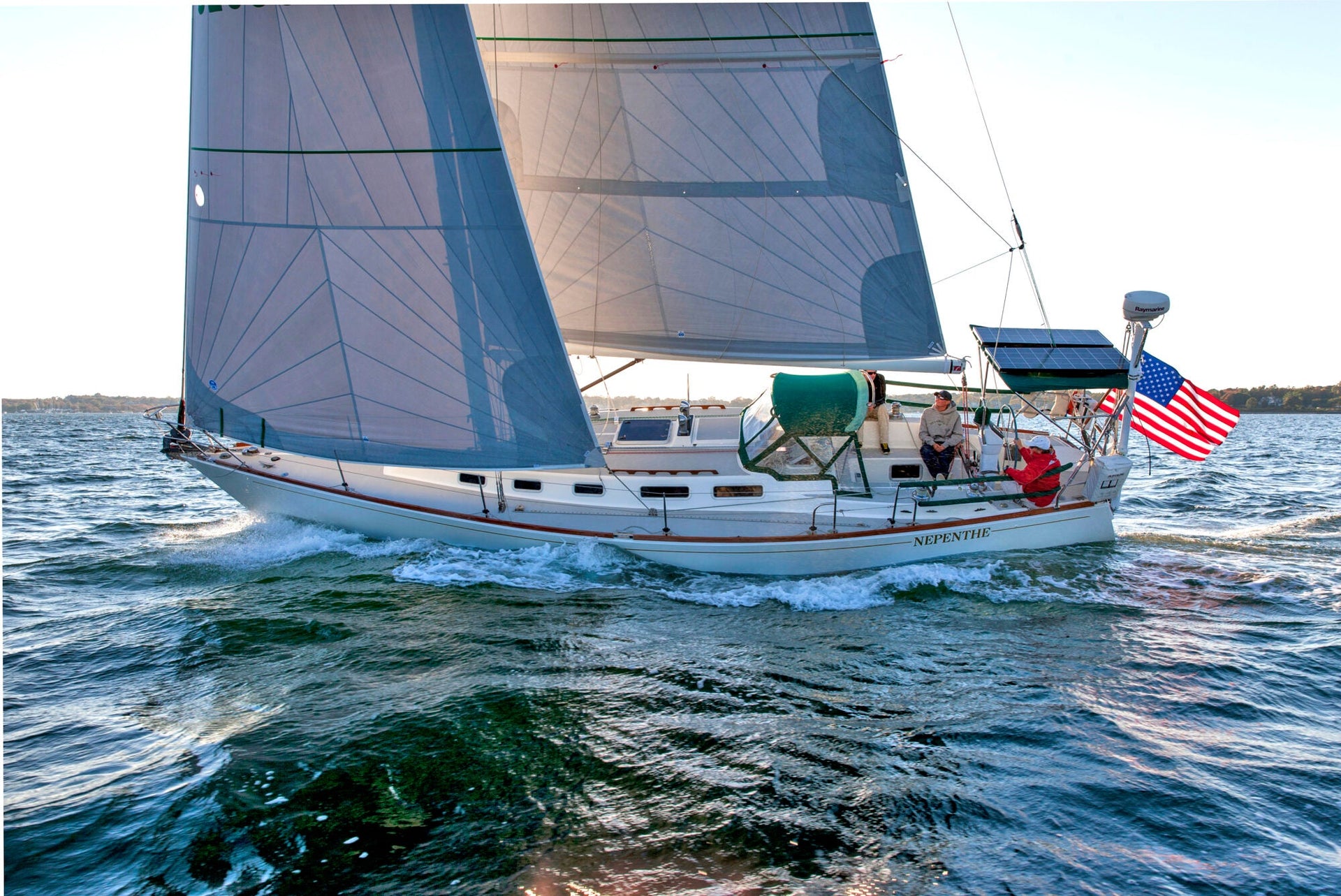
15 June


